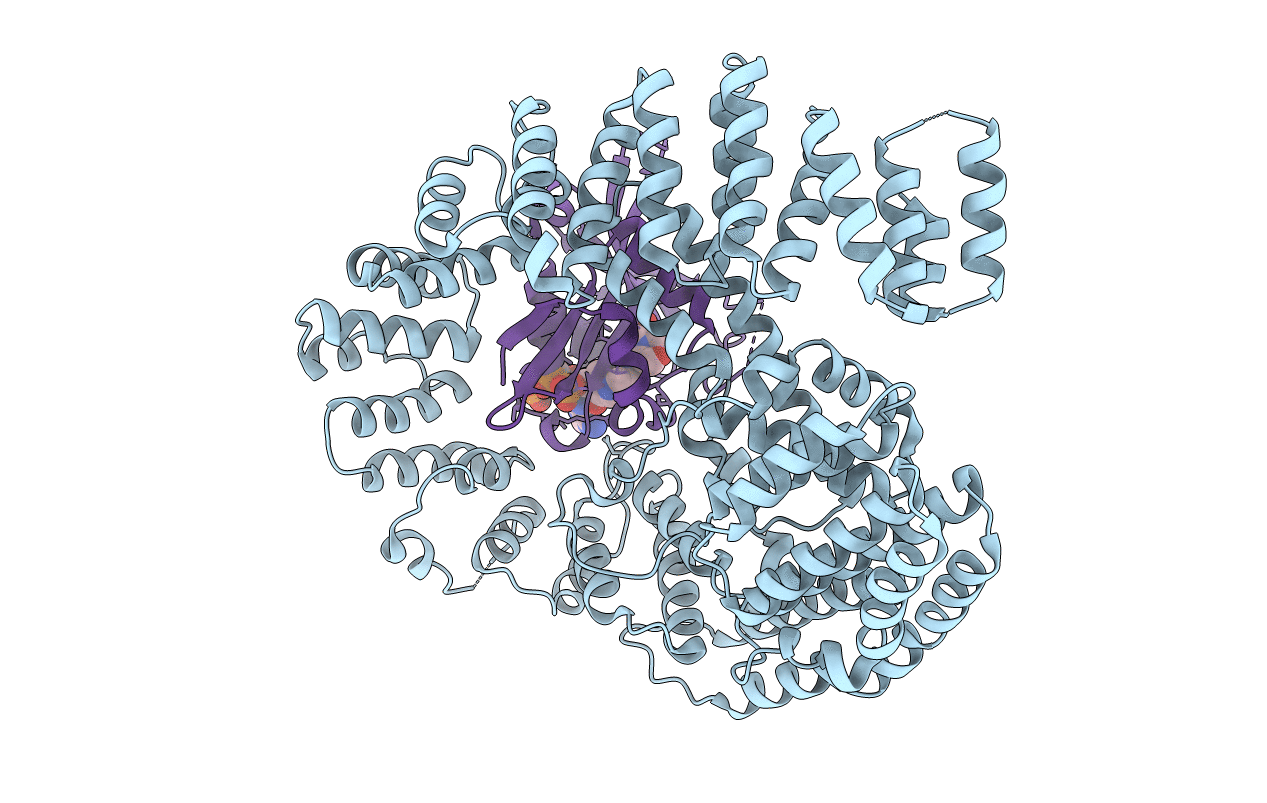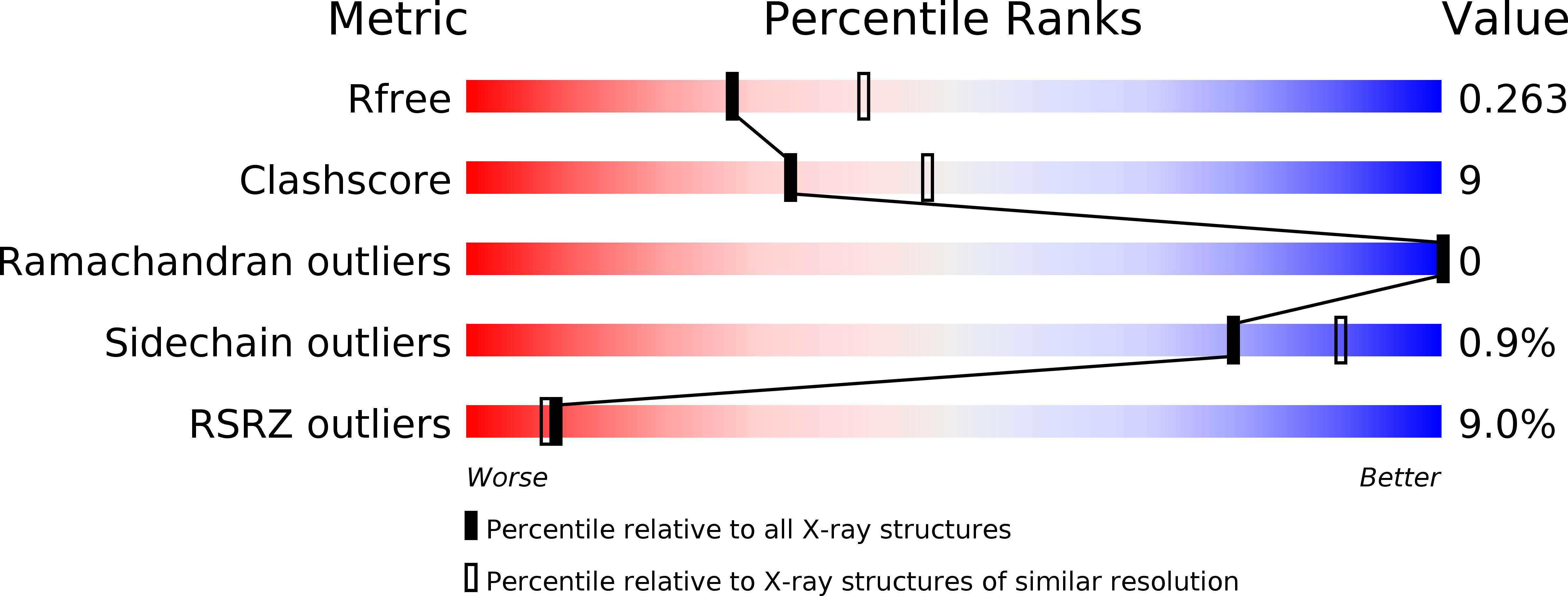
Deposition Date
2016-05-17
Release Date
2017-04-19
Last Version Date
2024-03-20
Entry Detail
Biological Source:
Source Organism:
Candida albicans (strain WO-1) (Taxon ID: 294748)
Host Organism:
Method Details:
Experimental Method:
Resolution:
2.40 Å
R-Value Free:
0.23
R-Value Work:
0.19
R-Value Observed:
0.20
Space Group:
P 43 21 2


